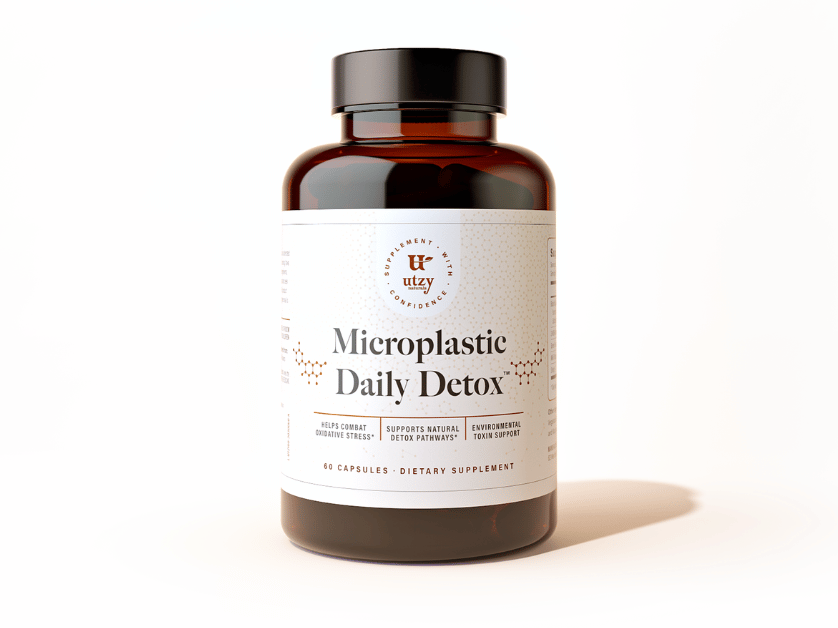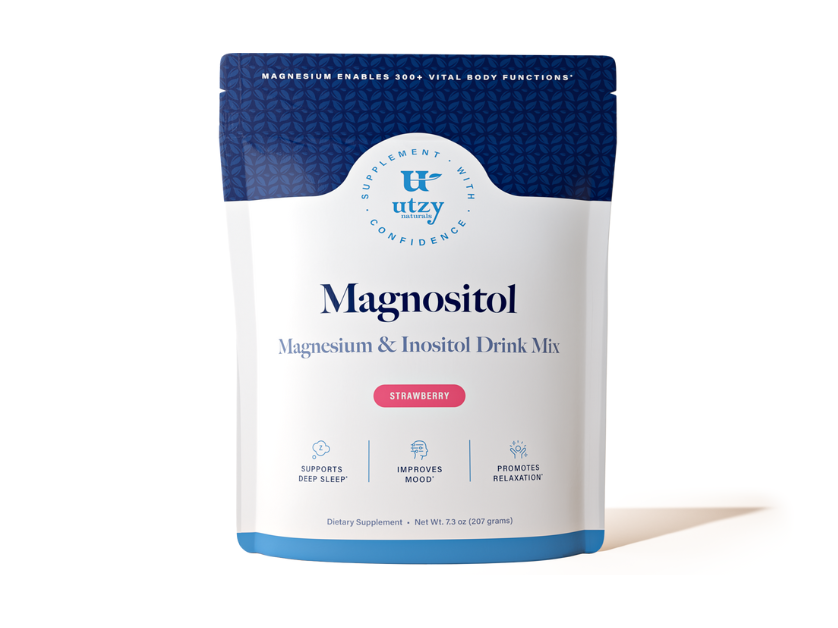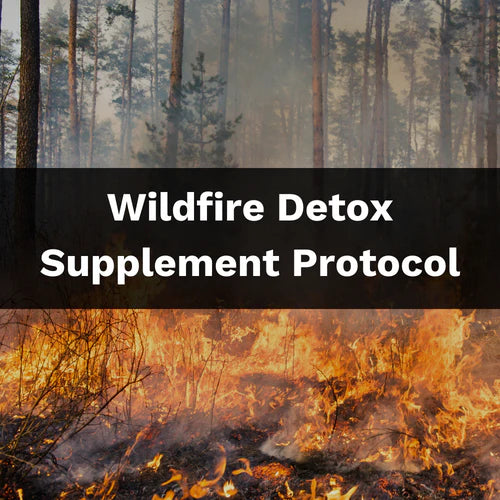shop
learn

5 Common Toxins Found In Your Everyday Products
April 08, 2019 5 min read
It's a harsh reality to grasp, but some of our favorite brands use toxic, life threatening chemicals that somehow have been approved for general consumption.
As conscious consumers, it is your right to know what these chemicals are and where to look for them. And how to spot them, as, while products may have their ingredients shown, there are many different names that chemicals may be listed as.
Below are 5 common toxins found in your everyday products and the common names they are often called.
You'll want to check your home for these ingredients and do your best to eliminate them from your home!

1. Phthalates
Phthalates are chemicals that allow for plastic products to be more flexible and durable. When your skin comes in constant contact with these plastics, the phthalates can begin to absorb into your skin.
Hair & body brands use phthalates to make fragrances last longer and for your skin to absorb substances quicker.
When you use products that contain phthalates you may be opening yourself up to potential health complications.
“The animal studies suggest there is a potential for the phthalates to impact birth outcomes, including gestational age and birthweight, fertility (lower sperm production), and anatomical abnormalities related to the male genitalia.” - DR. MAIDA GALVEZ, PEDIATRICIAN.
Common Products That Contain Phthalates:
Below are various everyday products that commonly contain phthalates.
“The most widely used phthalates are di(2-ethylhexyl) phthalate (DEHP), diisodecyl phthalate, and diisononyl phthalate.” - SafeCosmetics.Org
Be sure to check for phthalates in your home, as you can see, they are commonly used in a variety of consumer goods.
2. Parabens
Parabens are preservatives that are used in products that contain water. They work to prevent bacteria and mold growth.
Parabens are endocrine-disrupting chemicals that affect the hormonal systems of all organisms that they come in contact with. It does this through its ability to mimic estrogen, a hormone produced by your body.
“Endocrine disruptors are chemicals that may interfere with the body’s endocrine system and produce adverse developmental, reproductive, neurological, and immune effects in both humans and wildlife.” - National Institute of Environmental Health Sciences
Common Products That Contain Parabens:
The most commonly used parabens are methylparaben, propylparaben, and butylparaben, according to the FDA. Look for these names on the labels of products that you use.
3. BPA
BPA or Bisphenol A is a pretty well know chemical that is used in the packaging of hundreds of everyday plastic and canned products; from lotion bottles to meats & produce.
What people may not know is that BPA is a synthetic estrogen that disrupts your endocrine system (your hormonal system). It is thought to have the same health implications as parabens & phthalates.
BPA has also been linked to health conditions such as asthma and obesity. More companies are becoming aware and are making changes, but the responsibility will always fall on the consumer to become wiser when out shopping.
“If you use plastic dinnerware and reheat food in it, you are poisoning yourself. The microwaves heat your food up, which heats the plastic up and makes it degrade. When it degrades, additives like BPA leach into your food.” - Dr. Tanei Ricks, PhD Organic Chemistry
Common Products That Contain BPA:
Look for bottles that are BPA-free. If a product is BPA-free it will usually say so on the label. If there is no info on the label about it being BPA-free, then it probably contains BPA - not good!
4. Sodium Lauryl Sulfate
Sodium Lauryl Sulfate or SLS is a very common chemical used in skin and body care products, mainly to create foam when lathered. SLS is similar to Phthalates in that it is used to penetrate the skin quickly, which can serve to be a major issue when coupled with other toxic chemicals that may be in the product.
While there has been debates about the safety of SLS and ALS (Ammonium Laurel Sulfate), we encourage our readers to still be aware of the potential dangers that come with using products that contain these chemicals.
According to Environmental Working Group's Skin Deep: Cosmetic Safety Reviews, Sodium Lauryl Sulfate consumption has been linked to irritation of the skin and eyes, organ toxicity, developmental and reproductive toxicity, neurotoxicity, endocrine disruption, ecotoxicology, and biochemical or cellular changes.
Common Products That Contain Sodium Lauryl Sulfate:
5. Formaldehyde
Formaldehyde is another commonly preserving chemical mainly known for its use in embalming. What many people may not know is that Formaldehyde also has the potential to cause health problems.
An even lesser known fact is that not only is Formaldehyde used in products like shampoos, lotions, and deodorant; it is also used in the construction of many homes in the forms of glue, plywood, and insulation.
Consumption of Formaldehyde can result in low testosterone, impotency, skin irritation, and even death.
Common Products That Contain Formaldehyde:
“Formaldehyde is an irritant compound, which can elicit adverse respiratory responses in children and adults. After acute inhalation, irritation of eyes, nose and throat are observed in different patients. Exposure to high concentration (>120 mg mm-3) of FA vapour caused hypersalivation, acute dyspnea, vomiting, vascular spasm, convulsion and finally death.” - National Institutes of Health
Commonly Used Forms of Formaldehyde:
A great way to reduce your exposure to formaldehyde is to grow plants in your home. Certain plants can bind up toxins and neutralize them. Read our article on the best plants to purify your home!
How To Reduce Your Exposure to Toxins
It is extremely important to do your part in avoiding these toxins and the products that contain them. The first course of action should be to eliminate as many of these products from your home as soon as possible.
Follow up by being a more conscious consumer when you shop your local markets. Always read the ingredient listing before purchasing to make sure they are safe to consume/use.
Start replacing your everyday products with brands that pride themselves on offering goods that are healthy for you.
Another great way to support yourself against toxins is to eat a diet rich in antioxidants. Antioxidants can help to neutralize harmful free radicals (found in toxins). Foods rich in antioxidants include most fruits and veggies (1).
If you are looking to increase your antioxidant intake, consider our Essentially-U multi-nutrient formula. It contains the vitamins, minerals, and antioxidants that your body needs for optimal daily health.
______________________________
Leave a comment
Comments will be approved before showing up.
Also in Health
Subscribe
Sign up to get the latest on sales, new releases and more …
Join the Utzy Naturals Club!
Sign up and get the latest on sales, new releases, and more...





